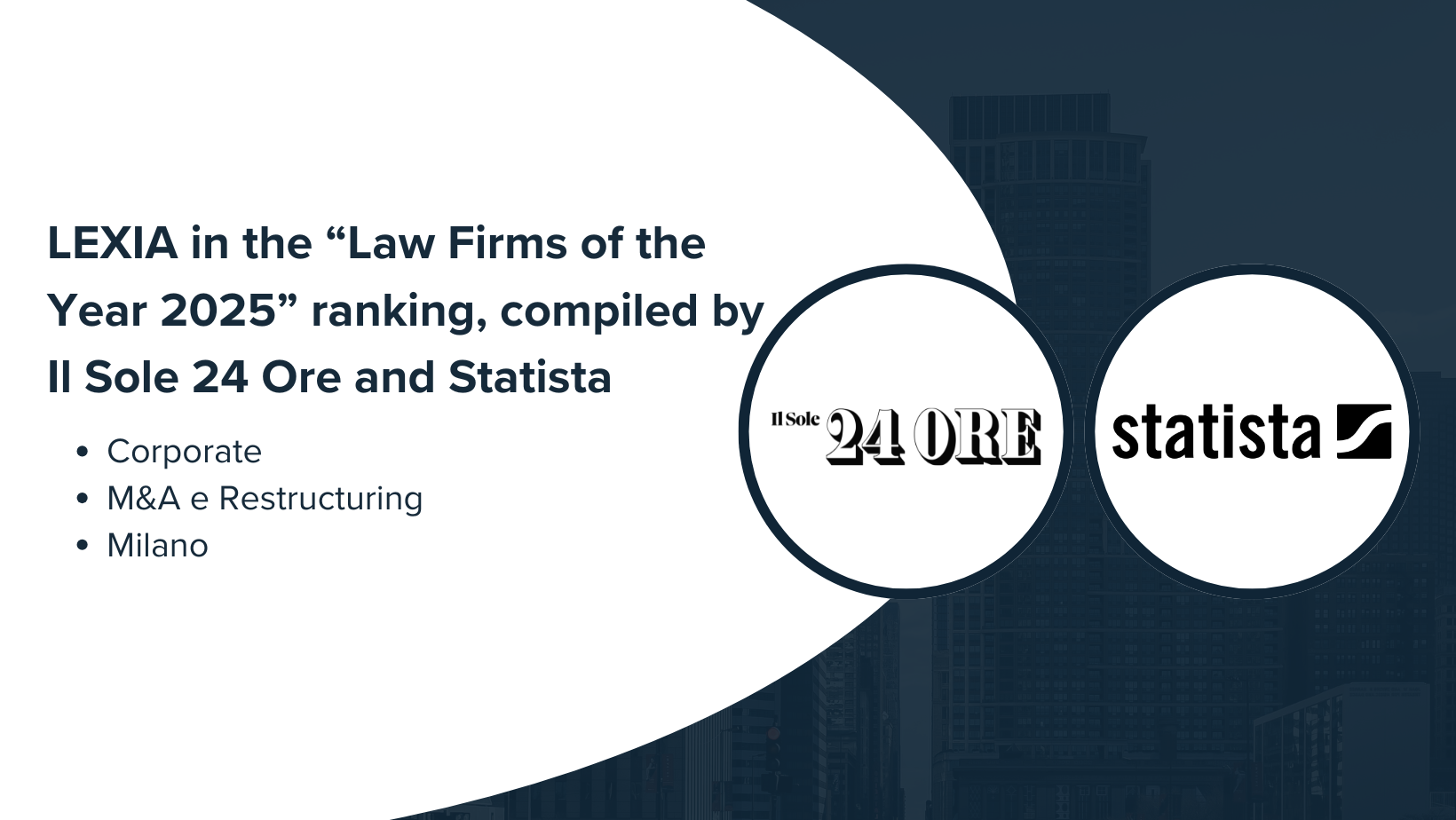With ruling no. 348 of January 8, 2025, the Supreme Court of Cassation, in an interesting decision, has defined the concept of “business continuity” and the assessment criteria that must be applied in relation to the approval judgment of a “mixed” Preventive Arrangement proposal.
As is well known, the mixed preventive arrangement proposal is characterized by the combination of elements from the two other types of proposals, namely business continuity and, at the same time, the typical features of liquidation procedures, with the aim of achieving debt restructuring and satisfying creditors.
The ruling, issued under the application of bankruptcy law, is particularly useful even when applying, mutatis mutandis, the provisions of the currently applicable Code of Business Crisis and Insolvency.
STATEMENT OF FACTS
The case originates from an immediate appeal to the Supreme Court of Cassation pursuant to Article 111 of the Constitution against the decree approving a mixed preventive arrangement proposal.
The restructuring plan provided for creditor satisfaction through cash flows generated by the continuation of business operations, as well as revenues from the liquidation of a foreign-controlled company and two real estate assets owned by the sole shareholder and administrator of the company—assets not directly functional to the business activity.
The first issue raised by creditors during the proposal’s review was the lack of indication regarding how the liquidation process would be conducted, given that the sole shareholder and administrator intended to manage it directly. Logically, the absence of provisions for appointing a judicial liquidator and defining the liquidation methods was a significant omission for the plan’s submission to the panel.
Despite this, in order to resolve the impasse, the Court, in its approval decree for the preventive arrangement, appointed a liquidation commissioner with powers limited to the liquidation of the assets designated for fulfilling the proposal.
The grounds for appeal primarily concerned how the execution of a mixed arrangement should be structured when the plan also includes the disposal of real estate assets not essential to business operations.
The six grounds for appeal can be summarized as follows:
(i) whether it is possible to appoint a liquidator (and a creditors’ committee) in this case, even if the plan excludes such a possibility, to proceed with the sale of those assets (first two grounds);
(ii) the applicable procedures for the sale, specifically whether it must comply with Articles 105 and 108-ter of the Bankruptcy Law (now Articles 214 and 218 of the Business Crisis and Insolvency Code) or if it may also be conducted freely on the market;
(iii) whether the sale may result in the cancellation of encumbrances and adverse registrations pursuant to Article 182, paragraph 5, of the Bankruptcy Law (now Article 114 of the Business Crisis and Insolvency Code).
THE DECISION
The Supreme Court, after analyzing the grounds for appeal submitted by the claimant, concluded that the appeal was entirely unfounded.
Having established the compliance of the appeal mechanism with Article 180, paragraph 3, of the Bankruptcy Law, the Supreme Court reaffirmed that the regulation of a mixed preventive arrangement is governed in its entirety—except in cases of misuse—by the special provisions set forth in Article 186-bis of the Bankruptcy Law (now Article 84 of the Business Crisis and Insolvency Code). Notably, paragraph 1 of that article explicitly includes mixed arrangements within its scope.
Moreover, the Court reiterated its consistent stance that the aforementioned provision does not require a determination of predominance among asset categories assigned different purposes. Rather, it mandates “an assessment of whether the assets excluded from liquidation are suitable for being organized to ensure the continuation—whether total or partial—of the previous business activity, and whether such organization secures the best possible satisfaction of creditors” (Cass. 734/2020).
This brings us to the core issue of the decision: the justices outlined the interpretative boundaries of the concept of “business continuity”, despite the restructuring plan incorporating a liquidation phase. Indeed, “continuity, by implying the continuation of the previous business activity, must, at a minimum, involve a significant portion of the company’s core operations—if only partially—so as to qualify as such. That is, (borrowing the terminology of Article 2112, paragraph 5, of the Civil Code on business unit transfers) a functionally autonomous division of the previously organized economic activity that retains its identity and for which the assets excluded from liquidation remain truly instrumental.”
In essence, for business continuity to be effectively recognized, the company’s operations must continue—even if downsized—while preserving their previous structural and qualitative characteristics, without undergoing dismantlement or a fundamental shift in business activities.
In this regard, the Court emphasized that the Tribunal’s assessment must consider all factual circumstances surrounding the restructuring plan, such as the nature of the business, the type of production activity, the retention of employment levels and clientele, and the preservation of essential production assets.
In conclusion, the Supreme Court fully rejected the appeal, upholding the contested ruling and confirming the correctness of the lower court’s decision. This included the appointment of a liquidation commissioner, particularly in cases where the plan fails to specify or inadequately addresses the liquidation process for assets not instrumental to business continuity.






